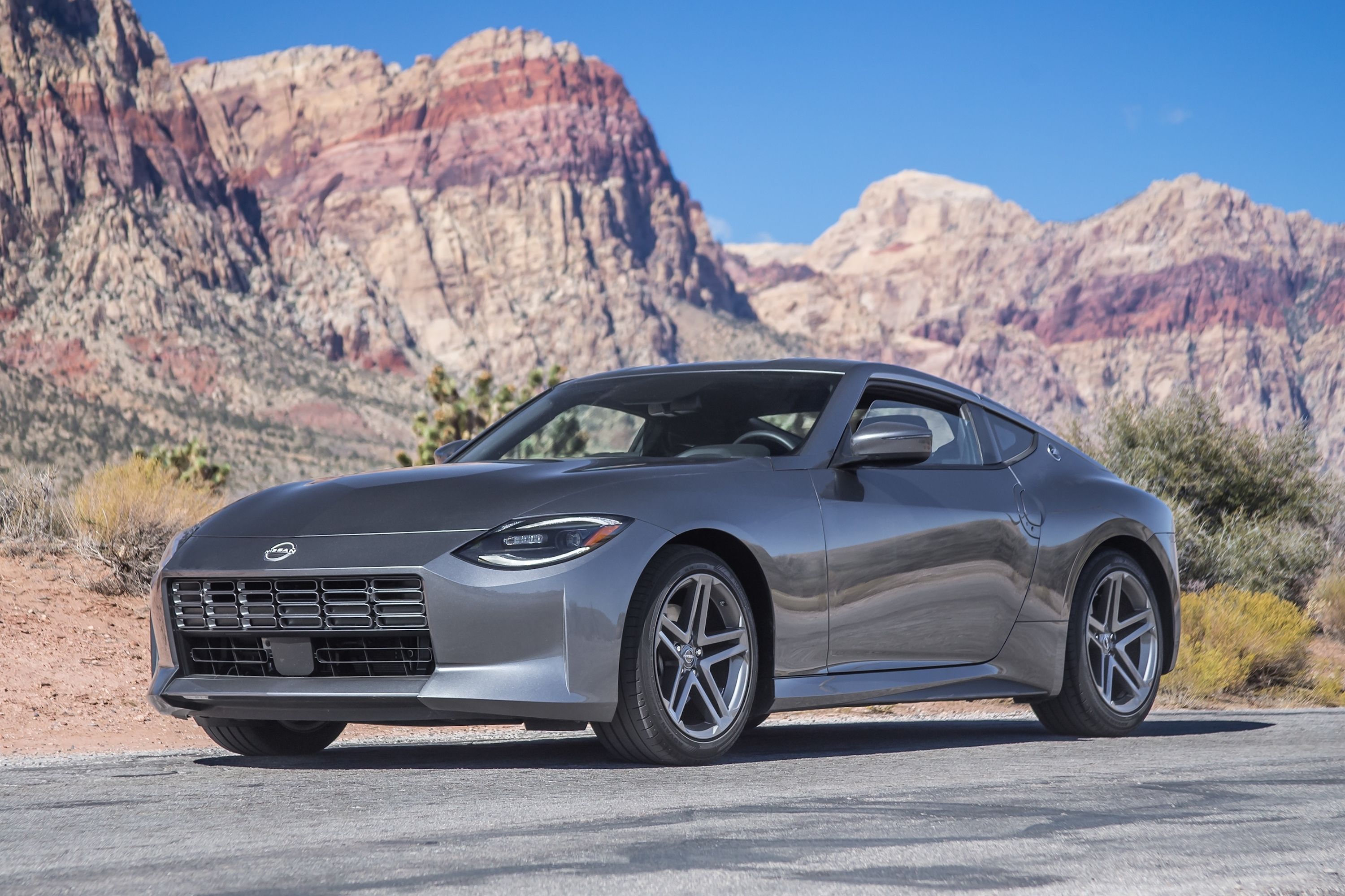
Spanning seven generations over 52 years, the Nissan Z car has a heritage as rich as any hallowed European sports coupe. In the 1960s and '70s, the Japanese were known for making solid and reliable economy cars. Luxury and performance? That was the reserve of the West.
The Z car showed the world that the Japanese could make a sports car as good as anyone else - a desirable automotive retort that could keep up with serious performance machinery. When the 300ZX (Z32) was discontinued in 2000, it may very well have been the last Z car if it wasn't for the disgraced ex-boss of Nissan, Carlos Ghosn.
Nissan was in serious financial trouble in the late '90s, the Yokohama-based company on the brink of bankruptcy. The Brazillian-born CEO quickly turned the company around, earning him a number of awards, with Fortune magazine naming him one of the most powerful businesspeople outside of the US, in 2003.
When you're hemorrhaging money like a rusty colander, the development of a sports car is surely the first thing to be shelved. And that's not what Nissan did in the midst of its troubles. But, according to Japanese website bestcarweb.jp, Ghosn instructed engineers to resume development of the car that would become known as the 350Z.
Under Ghosn's "Nissan Revival Plan", the company had slashed its debt by a considerable amount, launching the carmaker into a medium-term plan called "Nissan 180." Kenichi Yoshikawa, who joined the company as a development engineer at this time, notes that while he wasn't there when it came to reviving the hallowed Z car, Ghosn was appointed COO of Nissan in June '99 (and CEO in 2000), and it was the now-fugitive that gave the go-ahead for the 350Z. Despite usually taking three years to develop a new car, the 350Z (Z33) was premiered in January 2001, just one and a half years after work began.
Yoshikawa laments the fact that the pre-examination vehicle's 2.4-liter four-cylinder engine was jettisoned to make way for the V6 - an engine related to the one found under the hood of a quirky luxury Renault, the Vel Satis. His desire was to reduce front-end weight, something that couldn't be done with a heavy 3.5-liter. It's a pity that the lighter engine didn't make it, but then again, a four-cylinder in a time that turbocharging was yet becoming mainstream may have been off-putting and may not have fitted with the image that Nissan wished to por
Still, we're thankful the elusive Ghosn decided to introduce a successor to the 300ZX. Without him, who knows whether the upcoming 400 horsepower Z car would even be a reality today?
